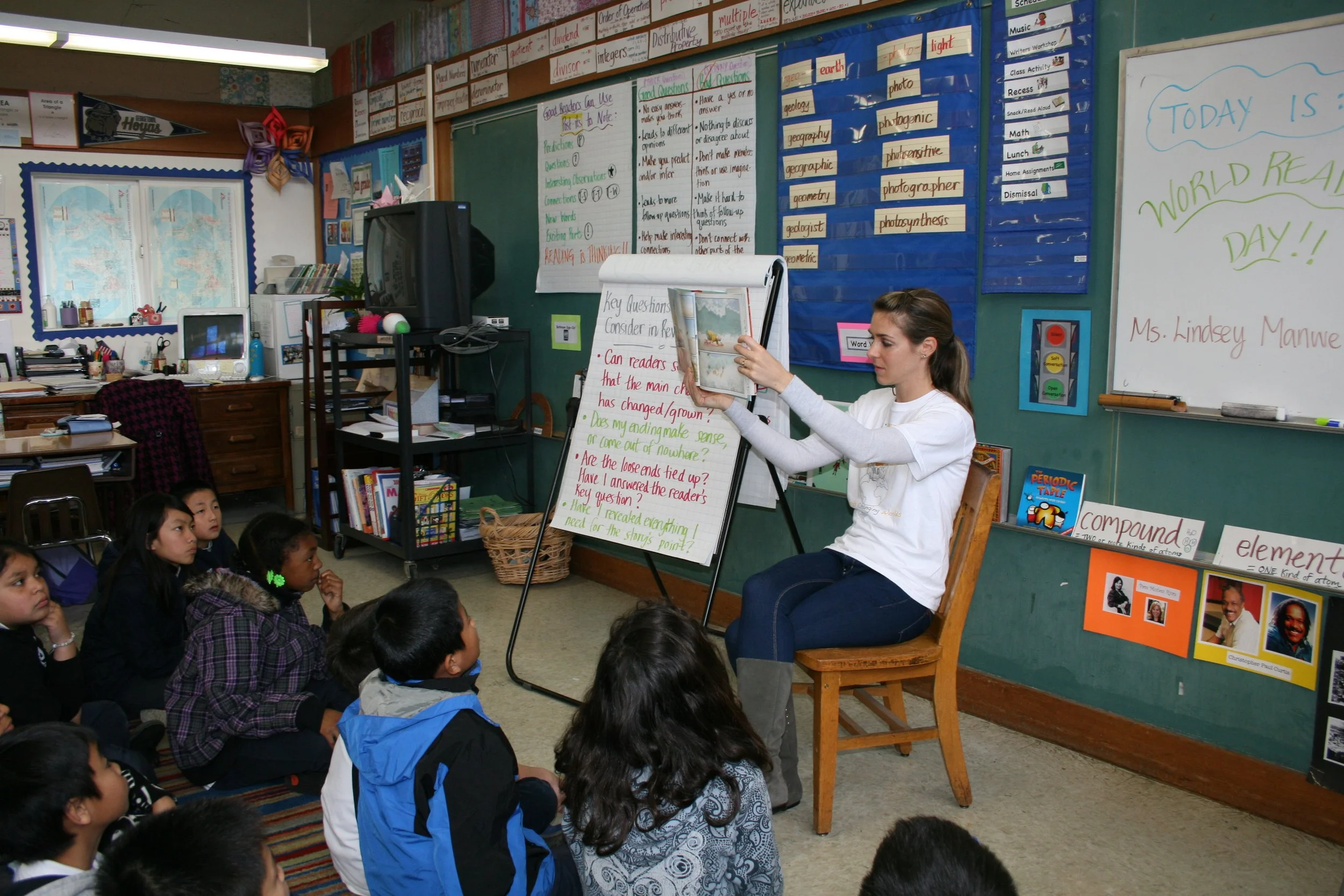Guest post by Abigail Calkin, author of The Soul of My Soldier. Read more of her writing by visiting her blogs here or here.
My grandson loves ocean fishing and caught his first salmon and first halibut as a preschooler. However, even as a nine-year-old, he doesn’t love schoolwork and had not brought a book with him for our weekend together. He decided the book I was reading, Crawford’s Mariner’s Weather, reading level probably technical university graduate, would do fine and opened to the first chapter. He slowly read the first two paragraphs to me, then interpreted them to tell me we live on the vast ocean floor of the atmosphere.
At one school where I was principal, we had twenty minutes of silent reading every day after lunch. Occasionally a teacher would read to the classroom during that time. Yes, students reading out loud would have been better but far noisier. In today’s world, perhaps 20 minutes of twenty-five children reading aloud in one room might work, but we didn’t think of it then. In the school, we also had a gallon jar in the office that held all positive tickets any staff member had given a student whether for good learning, good behavior, or a special kindness. By the end of the week, the jar had always filled.
One March during Read Aloud Month, I said if the slightly more than 200 students from very nonacademic homes read 1,000 books, I planned to spend a day doing my work on the roof of the school. The students made lists of books read at school and home. Parents signed for those at home. We vastly exceeded our aim as they collectively read over 5,000. I drew a name from the jar for one student who would get to eat lunch on the roof with me. Ten-year-old Kim climbed the ladder and we had a delightful, chatty lunch in the sunshine. Some 1990s Topeka Capital Journal has a photo and short article of the rooftop event.
Waiting for laundry to finish—two parents, two children, two books.
Another memorable reading moment occurred when I watched my son, daughter-in-law, and their infant daughter cuddle between them to listen to her nightly bedtime story. Reading aloud doesn’t have to occur at bedtime only, though. Laundromats in an Alaska winter are fine.
When I was a graduate student supervisor, Daisy, in the graduate program, had a high school student who wanted to be on the football team, but his grades were too low. When he came to the university reading clinic, he had a beginning second grade reading level, not high enough to absorb the content of high school texts and pass all courses.
University terms were ten weeks, thus Daisy would work with him for ten weeks. Daisy did one thing I thought was crazy. She had him read Steinbeck’s Of Mice and Men. Oral reading fluency is 200 to 250 words per minute. The young man read 40 words a minute. At the end of ten weeks, neither gave up. Daisy volunteered her time for the next six and a half months to continue to teach him to read better. Yes, with the training she had, they did more than just read from the book. She also worked to improve his phonic and comprehension skills. Nine months after they started, the young man finished Of Mice and Men, still at a frequency of 40 to 45 words per minute. He improved his reading scores from beginning second grade to mid-fourth grade level, a two and a half year gain in nine months. He got on the team and graduated from high school.
The benefits of reading aloud are at least twofold—teach the love of reading and teach the habit of reading. Have books in your house. Let your children and others see you read a book or magazine. Let people see you absorbed by the words, pictures, and stories.
















